The air is crisp and clean. Nature’s color show is just getting underway. The forest floor is being permeated with the musty scents of early autumn leaf matter as well as something else — nuts!
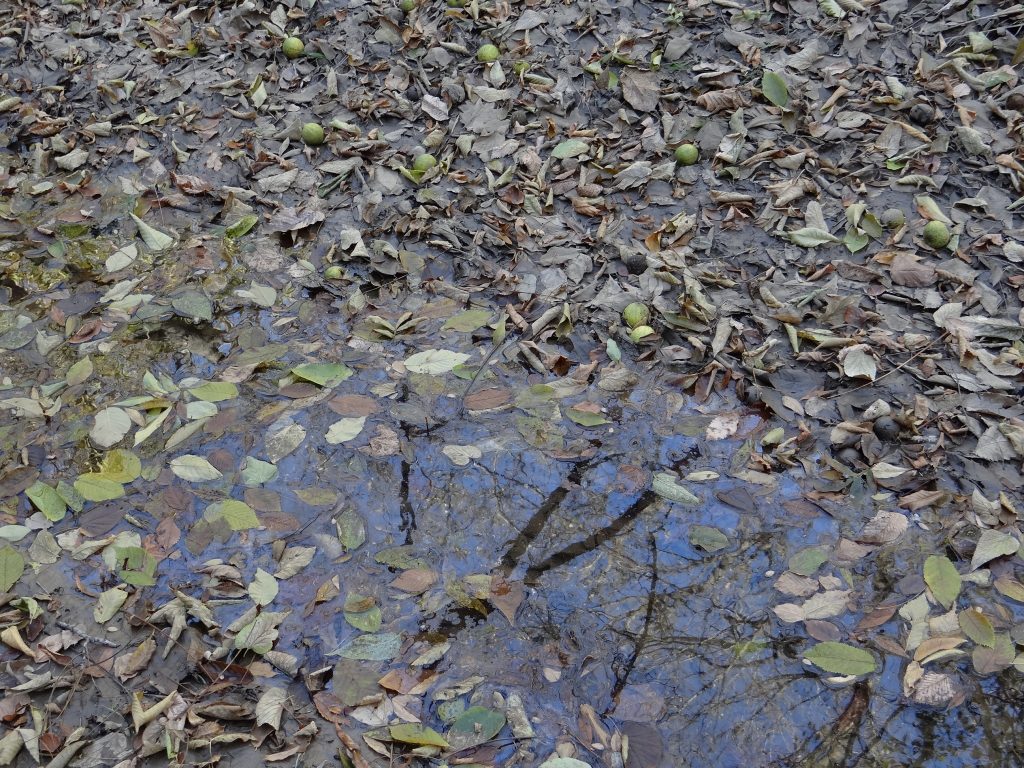
One of the reasons to take a long walk in the woods during autumn is to gather some delicious, nutritious, wild or homegrown nuts, especially, black walnuts, pecans and hickories.
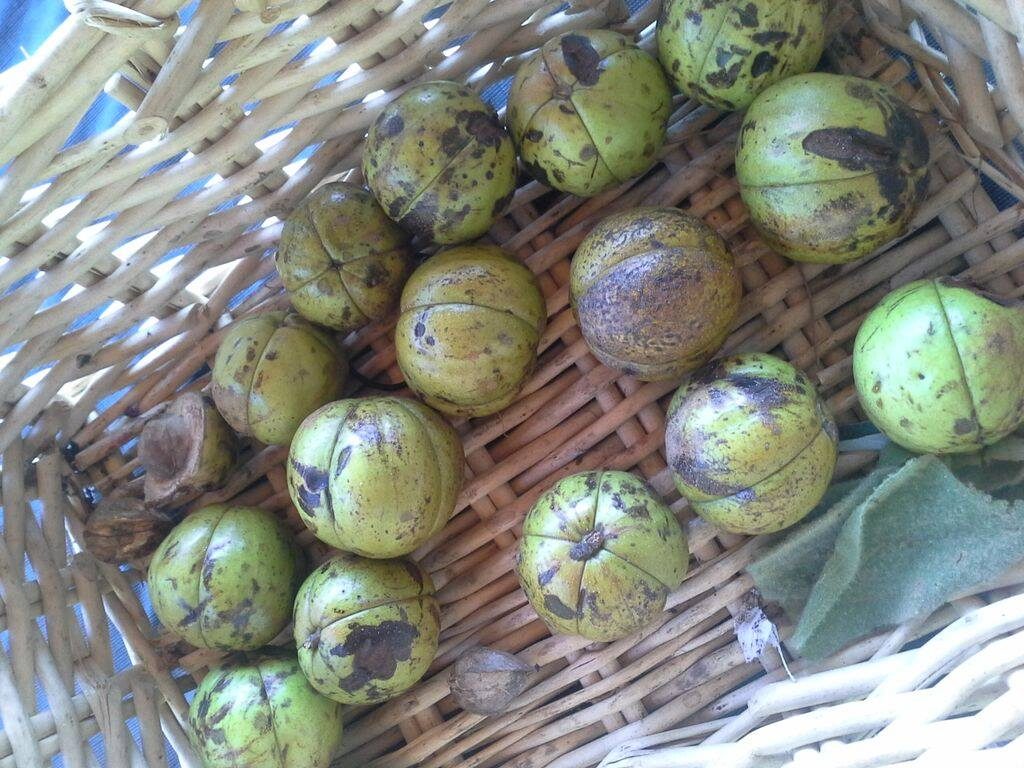
I am “nuts” for nuts!

Nuts grow wild around us, untreated and untamed, almost right in front of us, if we stop to look for them; in the woods behind our houses, on the farms where we hunt, and along the rivers and creeks we like to fish and float.
And yes, we have an array of edible nut-producing trees in Nebraska beyond the three types already mentioned. But, take note. Plan on competing with fox squirrels, raccoons, wild turkeys, bobwhite quail, white-tailed deer and a myriad of other wildlife including insects as these wild nuts fall to the ground.
Historically, Native Americans and pioneers of our country took full advantage of wild nut crops.
A favorite of Native Americans was the pecan, from which they pressed oil for cooking and ground flour for making bread. Another preferred nut of Native Americans was the hickory, which they ate raw, and stored in great number as a food source in the winter. Black walnuts were also used by Native Americans. The walnuts were pounded and boiled in water, and the oil skimmed off to make butter and hair oil.
Wild nuts were a welcome addition to the pioneer larder, too, most notably in the lean years when grain crops were not bountiful. Searching for and collecting wild nuts was even a form of recreation for settlers. “Nutting parties” were a popular fall pastime.
Today though, most of us collect palatable wild nuts for pleasure as a hobby.
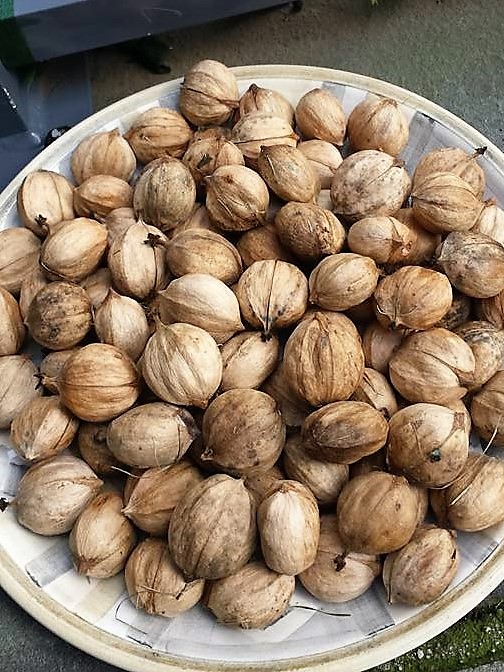
Foraging for nuts, or nutting, as it is called, is a fun way to add wild-grown foods to your food pantry or enhance any wild game or fish entree.
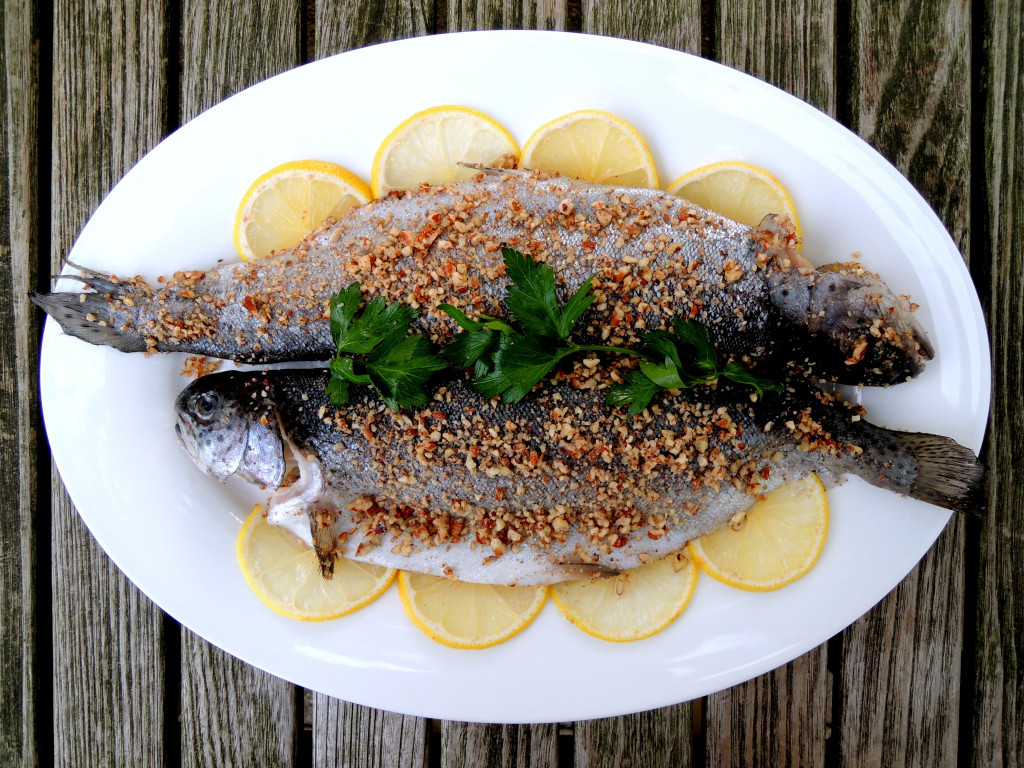
It is also a great excuse to spend some time outdoors enjoying the nice, cooler weather of autumn with family or friends!
Most nuts are ready for harvesting and eating about this time of year, in the early to mid fall period. Although there is variability according to geographic area, local climate and recent weather. Black walnut, butternut, chestnut, pecan, American hazelnut or filbert, hickory nut and oak are among Nebraska’s wild nut trees. Persian or English walnut and heartnut are also grown in Nebraska. Keep in mind most nut trees require well-drained soil and full sun, although hazelnuts (also called filberts) can tolerate shade.
Fortunately, Nebraska is well-suited to grow several types of edible nut producing trees and shrubs, according to Justin Evertson of the Nebraska Forest Service:
* Pecan — Native to the southeast, the pecan tree has proven to be quite adaptable to eastern Nebraska. In addition to its easy to shell, great tasting nuts, the pecan makes a superb shade tree. Unlike black walnut, it is not a messy tree.
* Shagbark hickory — This southeastern Nebraska native along the Missouri River system rarely produces a heavy nut crop, but it is an important wildlife tree and provides good shade. Its bark, “shaggy” with vertically peeling straps, is an added bonus. The raw, fresh nut of the shagbark is scrumptious and tastes somewhere between a pecan and walnut, which are in the same family. Toasting even intensifies the flavor.
* Black walnut — Native to Nebraska, this tree has proven adaptable to a wide range of soil and site conditions across the state. The strong flavor of this walnut’s meat is an acquired taste; once acquired, it’s hard to resist!
* American hazelnut (filbert) — A multi-stemmed shrub native to eastern Nebraska, it is 7-12 feet in height and width. This easy-to-grow plant, with a nice apricot fall color, produces small, tasty nuts in shaggy husks that are a favorite of turkeys and other wildlife. The kernel of the hazelnut is edible and can be eaten raw or toasted.
*Chinese chestnut — A small, wide-spreading tree that produces buttery nuts most suitable for “roasting on an open fire” and other culinary uses. It’s resistant to chestnut blight, which has devastated the once grand American chestnut.
*Oak — More than 30 species of oak trees are found and can be grown in Nebraska. Though few produce nuts (acorns) suitable for human consumption, they are all-important to wildlife; and they’re among the longest-lived trees we can grow.
According to naturalist and outdoor writer, Jack Phillips, bur oak acorns were actually a staple food of the Omaha-Ponca Native American Tribe. In an article published in the Prairie Fire Newspaper, Phillips said the tribe named this acorn-producing tree tashka-hi. He goes on to say that all oaks are either classified as reds or whites; those in the red group are often too bitter to eat without a lot of processing. But the whites (including tashka), he specifies, can sometimes be eaten right from the branch, and burs are among the most savory.
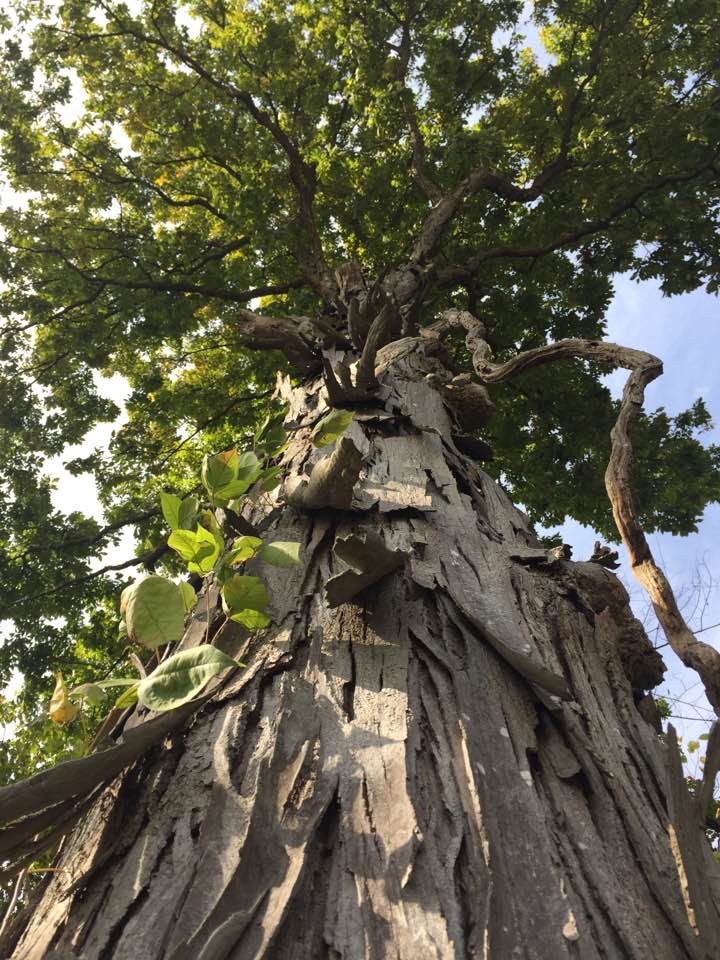
Each species of nut kernel has its own distinct flavor. Pecan, for example, is mild and sweet while black walnut is rich and robust. Hickory is buttery and sweet. Hazelnut has a delicate nutty flavor and mildly bitter skin. Many of the foods we enjoy are augmented by fresh wild nuts. Bread, muffins, fudge, brownies, pies, cakes, salads, meats, soups, coffee and ice cream are all bolstered by the inclusion of nuts!
Americans today have definitely discovered the benefits of tree nuts.
USDA studies show that consumption of nuts has increased by more than 45 percent over the past 20 years.
Nuts truly are rich sources of protein, dietary fiber, good fats, vitamins and antioxidants.
So, why collect any of these wild nuts to eat? Why not just go to the local supermarket and buy some?
Efficiency aside, there are plenty of other reasons to gather wild nuts.
Wild nuts are natural, local foods, compact, easy to store, and contain no additives. If you’ve ever tried a fresh raw nut from the wild (like a hickory nut), it is a unique experience. It is a distant scenario from the dried, treated, warehoused nuts on most grocery shelves.
There are some important notes of caution with wild nuts, however. If you’re not completely certain that a nut is edible, do not eat it! If you have allergies to nuts, or you’re using medication, consult with your allergist, physician or pharmacist before foraging. Some nut compounds have been known to interfere with certain medications.
Even though wild nuts are generally quite abundant, you should take only what you will use. Do not over harvest and prevent local wildlife from stocking up reserves for the winter.
Now, to collect eatable wild nuts, you must first be able to correctly identify and learn about the nut trees that grow in your area.
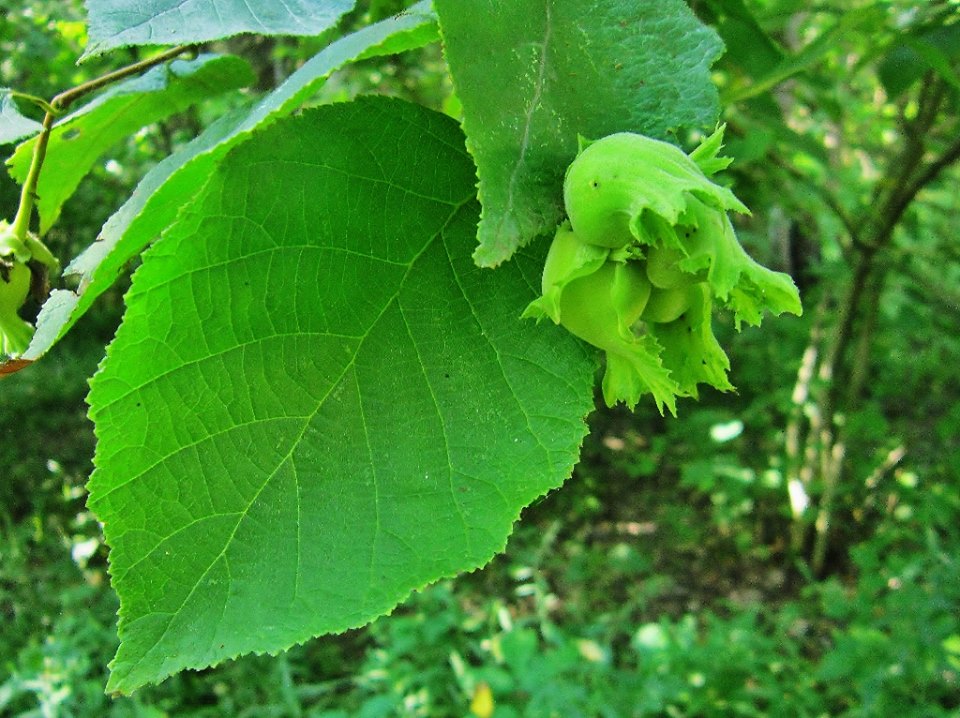
Then, get permission from the landowner who owns an expanse of mature woodlands. Next, with permission gained, head into that wooded area, see what’s available and collect the fallen hulls or shells of the edible nuts off the ground. Hull or shell the nuts as soon as you can after harvest. Discard any with holes in them; these are insect-infested. It is strongly recommended that you wear either rubber or plastic waterproof gloves when handling black walnuts or butternuts to prevent these nuts from staining your hands. Walnut and butternut stains are difficult to remove and linger. If you are planning to gather chestnuts, wear heavy leather gloves to protect your hands from the sharp spines on the burrs. who owns an expanse of woodland acres. Next,
After hulling nuts, spread them out and wash them off with a garden hose or kitchen spray nozzle. A tub of water may also be used. You can separate the nuts with no kernels from the good nuts by putting them in the water and removing the ones that float.
Dry the cleaned nuts quickly and thoroughly. Store them in a cool, dark spot with good air circulation for later use. You will need to guard against mold as well as insects and rodents. Shelled nuts can be stored in airtight containers for a short time in your kitchen pantry or for longer periods in your freezer.
If you are looking for something fun to do with your processed nuts, here is a tasty trail mix recipe that includes them which you can mix at home and eat on your next hiking or biking trek. This comes to us from Gladys J. Richter of the Missouri Department of Conservation. Gladys says it is easy and rewarding to make your very own trail mix. Using native nuts, she adds, makes it extra tasty! This recipe provides 6 cups of mix. Just combine all ingredients and enjoy!
Homemade Energy Mix
- 1½ cups black walnuts
- 1 cup pecans
- 1 cup hazelnuts
- ½ cup hickory nuts
- 1 cup raisins or dried blueberries
- 1 cup dried banana chips
For more information about nut trees in Nebraska, contact the Nebraska Nut Growers Association.
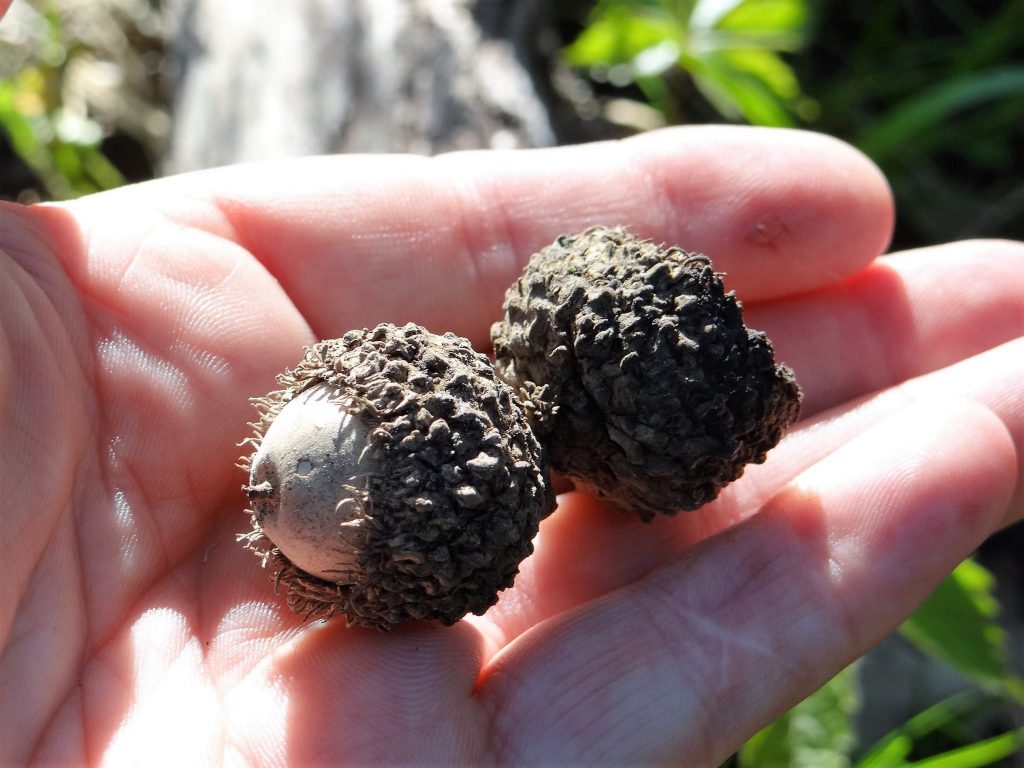
The post Go Wild, Go Nuts! appeared first on NEBRASKALand Magazine.















